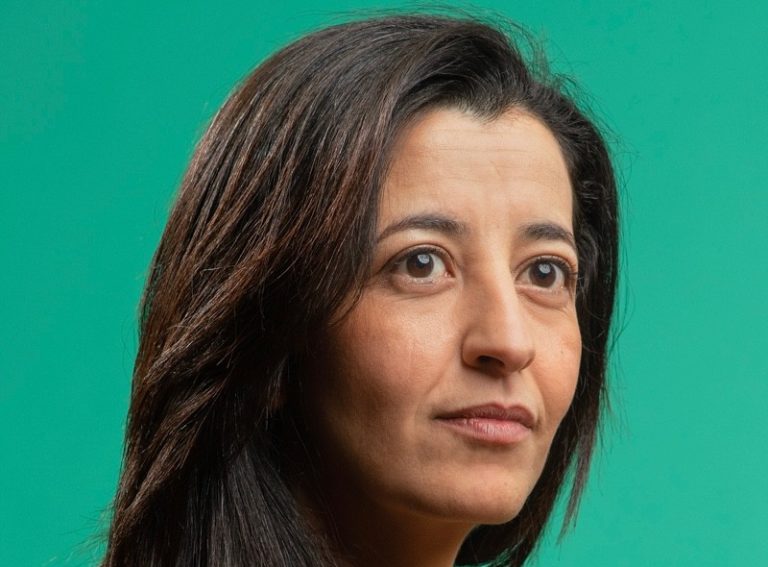Covering the whole of Europe, Bryan Garnier is a leading technology investment bank that advises innovative companies and investors on a range of areas including M&A, capital raises and IPOs.
Since 1996, Bryan Garnier has completed more than 650 transactions with a cumulative deal value of over €40 billion, and in recent times has built an enviable reputation within the new mobility space under the leadership of Florent Roulet.
With a background at the likes of Bank of America Merrill Lynch and UBS, Roulet co-founded NOR Capital in 2014 and ran the business until it was acquired by Bryan Garnier in September of last year.
“I have seen an evolution in the mobility market over the last 12 months with a lot of negative press surrounding profitability issues and several firms going bankrupt,” he tells Zag Daily.
“However, this should not cloud the factor that a number of category winners have emerged thanks to their effective business models. In these instances, the entrepreneurs and CEOs in charge have focused on what is working rather than pursuing strategies that are overly ambitious or just unfeasible.
“So I want to outline the five best business models in new mobility that I have seen delivering success most often.”
Model 1: B2G shared mobility
The B2G model involves a shared mobility operator serving a local government or transport authority client, after agreeing to run a shared bike or scooter scheme for the benefit of local people.
“The key to a B2G model is when the operator is being paid directly by the local authority, rather than simply receiving permission from the city to rent out bikes or scooters,” Roulet explains.
“We favour this model because local authorities tend to hand out long contracts which offer great revenue security and visibility.”
Roulet believes this model is stronger than a standard B2C approach, which leaves the operator taking on the full risk without any long-term certainty.
“Beryl in the UK, nextbike in Germany and Lyft Urban Solutions in North America are all examples of operators that have been successful thanks to this B2G model,” he says.
Model 2: B2E corporate mobility
This second model describes the corporate mobility, especially bike leasing schemes that many European companies have offered in recent years. The trend has in part been driven by governments subsidising employers to support their staff in adopting new modes of mobility.
“Bike leasing has become a very attractive business model for investors,” explains Roulet.
“They get plenty of visibility up front as you know how many employees are likely to be involved, and then the employer funds the scheme so the risk is massively reduced compared to renting out devices to consumers directly.”
Countries like Belgium, Holland and Germany have traditionally been at the forefront of this model, but it is becoming increasingly common in the Nordics, as well as Austria and France too.
“One example is fast-growing Vapaus, a Finnish firm that has already expanded to Sweden,” says Roulet.
“Then in France, Zenride has successfully partnered with several retailers and financial service players such as banks or insurance companies. Meanwhile, in Belgium, Cyclobility’s proven profitable business model recently attracted private equity funding.”
Roulet believes this model will only continue to emerge in the coming years as big businesses seek to improve their sustainability credentials by incentivising green mobility.
Model 3: B2C vehicle subscription
This model is quite varied and relates to any subscription service for cars, but also mopeds, bikes or scooters.
It has emerged fairly recently at the frontier between buying a vehicle up front and renting one for a single journey or short period of time.
“The vehicle subscription model is typically based around a defined long-term flexible and all-inclusive contract of between two and 18 months,” Roulet explains.
“There have been a lot of new entrants into this market in recent years, such as German players Finn (largest in Europe) and Faaren, or Switzerland’s Carvolution.”
This model has progressively shifted from being asset heavy to asset light in recent years, which means that most players now only own as many vehicles as the demand exists for.
“Firms want to ensure the risk of buying the car or bike is not directly on their balance sheet anymore,” continues Roulet.
“Players in this market have taken a while to find the right balance and prove their underlying unit economics, but it is definitely becoming more popular and growing.”
Model 4: Car sharing
This model has some similarities with the previous one, but is more specifically catering to people that think that traditional car rental is too expensive.
Roulet says that typically the target audience for this model needs access to a car for anywhere between a few hours and a weekend.
“A lot of the early players were initially focused on a peer-to-peer strategy where individuals could rent their car out while they didn’t need access to it,” he says.
“Now we are increasingly seeing businesses embracing this model, much like they have with Airbnb, and operating a fleet of vehicles.”
Turo is a US-based car sharing platform that has become quite active in Europe recently through acquisitions, while Danish firm GoMore has been successful in “finding the right balance between demand from renters and the supply from both fleet operators and individuals”.
“GoMore has been very profitable because they found this formula and then executed it extremely well,” adds Roulet.
Model 5: Smart parking
The smart parking ecosystem refers to individuals or businesses renting out their private parking spaces through platforms such as EasyPark in Sweden, which Roulet describes as “by far the category winner in Europe”.
“They have been successful in playing the volume game, enabled by several acquisitions completed over the years,” he adds.
“In the UK there is JustPark which has also been successful and recently combined with US firm ParkHub.”
This model works both by owners renting out spaces in front of their house or workplace, and by partnering with local authorities.
“The successful platforms have focused on initially building their user base in a particular area, before expanding out and adding additional services to maximise profit for space owners,” Roulet says.
“The range of offerings from EasyPark and JustPark is dramatically different now to what it was 10 years ago in terms of locations and features, which has in part been driven through acquisitions of complementary offerings and geographies.”
Roulet concludes that these category winners identified above are evidence that the sector will go far.
“The success stories of 2024 prove to the market and shareholders that new mobility can be profitable,” he says.





